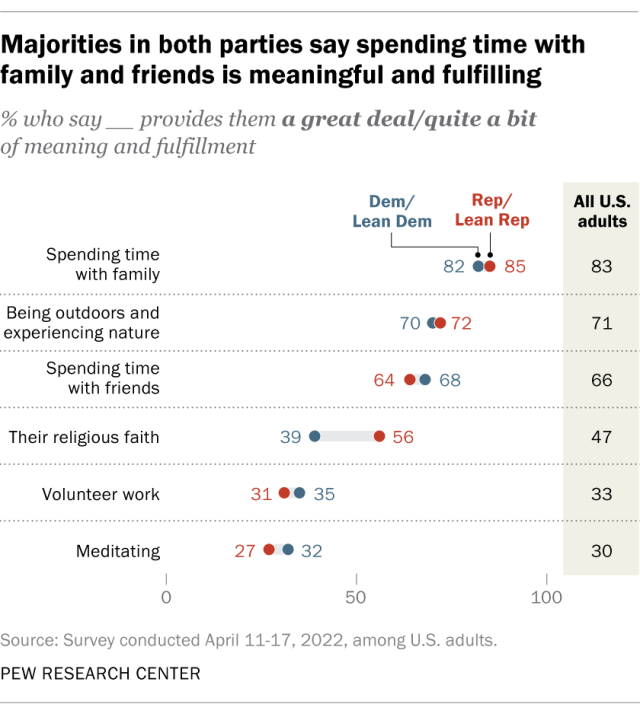I am sure most people are aware of the clamoring anger about ticket sales for Taylor Swift’s concerts, mostly blaming Ticketmaster for screwing things up, but also potentially being complicit and profiting off of high secondary market sales, plus ever increasing ticket fees.
Those who have been around while know that the anger at Ticketmaster’s fees and monopoly has been something of a cyclical topic with outrage peaking every few years. In fact, the intervals between periods of outrage seem to be decreasing of late. You might wonder why Ticketmaster never seems to respond to ticket purchaser complaints and make the experience better.
The reason, according to an article by Mark Dent on The Hustle, is that ticket buyers are not Ticketmaster’s customer, performance venues are. Ticketmaster’s business model prioritizes venues, artists and promoters, not buyers.
Rosen believed venues, not concertgoers, were his company’s real customers, and flipped Ticketron’s model:
- Instead of charging venues to use their ticketing system, Ticketmaster offered to pay them with a cut of the service charges.
- In exchange, Ticketmaster became their exclusive ticketing platform.
[….]
Many concert promoters eventually wanted a piece of the fees, too, and, years later, some top-tier artists started to negotiate for a share, according to Rosen.
The article posts numerous receipts from different concerts people purchased recently to show the type of fees people are paying. The best apples to apples comparison of fees where you can start to see there may be more hands asking for a share is Taylor Swift’s March concert in Las Vegas where you pay $5 for order processing, $8 for a facility fee and $70.40 per ticket for service fees compared to her Atlanta concert a month later where you pay $5 each for processing and facility fees and $23.20 for service fees. Base ticket price is $265.14 and $109, respectively.
Fred Rosen, former CEO of Ticketmaster is unapologetically indifferent to the complaints of the ticketbuyer.
Rosen said he didn’t care that the system annoyed fans, noting there’s still high demand for concerts, fees and all.
“When you bring that up, it’s irrelevant to me,” he said. “The fact that no one shared in the service charge was idiotic. No one thought that ticketing was a business. I thought it was a business. I’m not ashamed of that.”
Dent writes that breaking up the Ticketmaster monopoly may not do much to solve the problem. Competitors like SeatGeek and AXS subscribe to Rosen’s philosophy and likewise offer payments to venues in return for exclusivity. And that money comes from fees levied on ticket purchases.
The solution instead may be breaking up the exclusivity arrangements, though unlike how the exclusivity of telephone companies and some utility have been broken up in the US, it may be difficult to force diversification upon venues who had apparently entered into the exclusive contracts of their own freewill.
That said, Dent cites the example of Great Britan in terms of what non-exclusive arrangements might mean for consumers:
Budnick says the Great Britain model may provide lower service charges for consumers.
- British venues rarely have exclusive ticketing platforms. When companies don’t try to gain exclusivity, they don’t have to offer as large of a cut of the fees, bringing down the amount charged to concertgoers.
- Fans typically see fees closer to 15% of the face value of a ticket.



There is another way. The Gewandhaus Leipzig in Germany (concert venue) offers flex- tickets for a small premium. Not an…